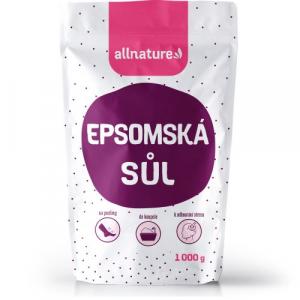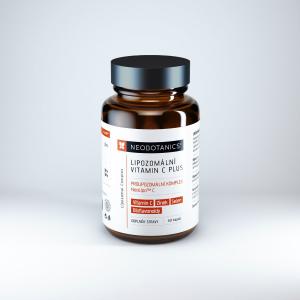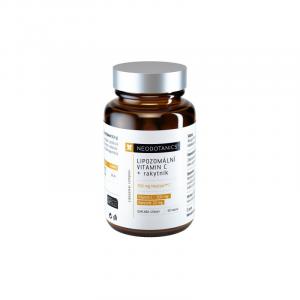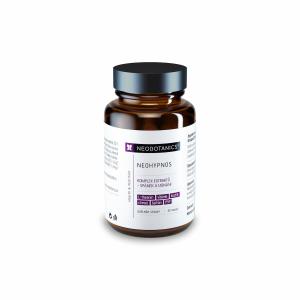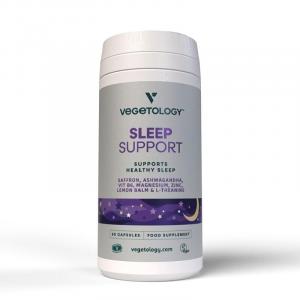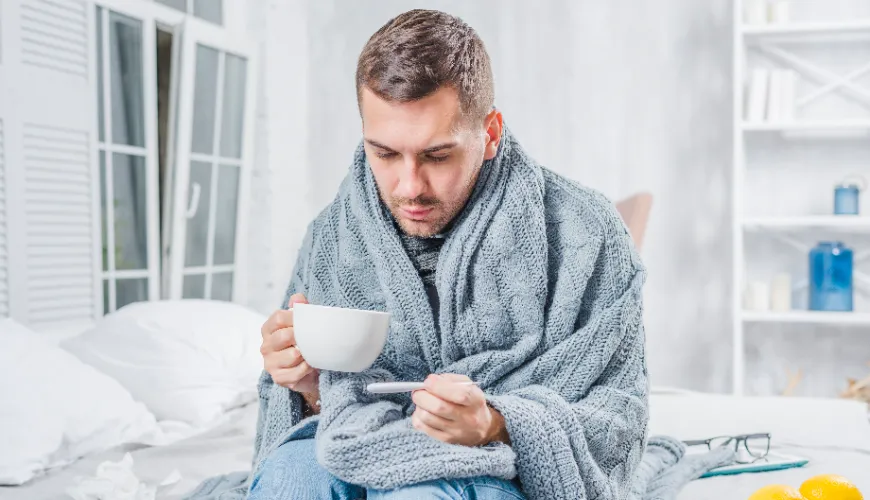
Fight low blood pressure with proven tips
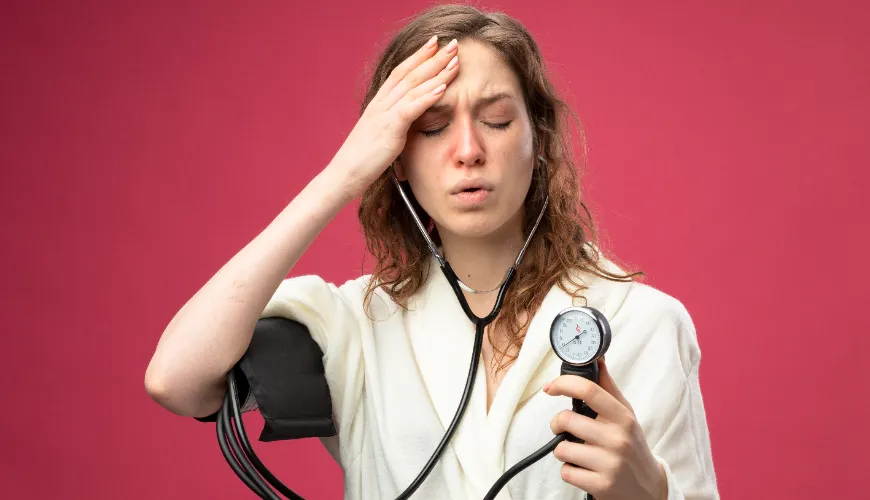
Causes, Symptoms, and Ways to Manage Low Blood Pressure
Low blood pressure, medically known as hypotension, is a condition where blood pressure in the arteries falls below normal levels. This condition is typically defined as blood pressure lower than 100/60 mm Hg, which is why it is sometimes referred to as low pressure 100/60. Although it is often considered less dangerous than high blood pressure, it can bring a range of unpleasant symptoms and complications.
Causes of Low Blood Pressure
There are several factors that can lead to low blood pressure. One of them is dehydration, where the body loses more water than it takes in. This can occur during intense exercise, in hot weather, or with fever. When fluids are lacking, blood volume decreases, which can lead to a drop in blood pressure.
Another significant factor can be heart disease. Heart failure, bradycardia (slow heart rate), or heart attack can also cause a decrease in blood pressure. A heart that cannot pump blood effectively leads to a drop in pressure in the blood vessels. Some endocrine issues, such as hypothyroidism or Addison's disease, also contribute to the development of hypotension. These conditions affect the production of hormones that regulate blood pressure and fluid balance in the body.
Blood pressure can also be influenced by medications. Diuretics, beta-blockers, antidepressants, or medications for Parkinson's disease can cause a drop in blood pressure. Some people have low blood pressure for genetic reasons or due to a combination of various factors, including lifestyle, diet, and overall health.
Symptoms of Low Blood Pressure
Low blood pressure can manifest differently depending on its severity and cause. The most common symptoms include dizziness and fainting. When blood pressure drops too low, the brain does not receive enough blood, which can lead to dizziness or fainting. Another common symptom is fatigue. Inadequate blood circulation means that organs and tissues do not receive the necessary amount of oxygen, leading to overall tiredness and weakness. Low blood pressure can affect digestion and cause nausea or vomiting, as well as blurred vision, where the eyes suffer from insufficient blood supply. Low pressure can cause extremities to be poorly perfused, leading to a feeling of coldness.
Try our natural products
Diagnosis and Treatment
Diagnosis of low blood pressure is often made by measuring blood pressure in various situations and positions. A doctor may recommend various tests to determine the cause of hypotension, such as blood tests, EKG, echocardiogram, or thyroid function tests. Measuring pressure in different positions, such as lying down and standing, can reveal orthostatic hypotension, where pressure drops upon standing. Treatment for low blood pressure depends on its cause.
If low blood pressure is caused by dehydration, it is important to increase fluid and electrolyte intake. If medications are to blame, it may be necessary to adjust dosages or change treatments. In some cases, medications to raise blood pressure may be prescribed.
For people who suffer from chronic hypotension without an obvious cause, there are various strategies to improve their health. Increasing the intake of salt can help raise blood pressure. However, it is important to consult a doctor, as too much salt can have negative health impacts. Drinking more water increases blood volume and helps prevent dehydration. Wearing compression stockings improves blood circulation in the legs and can prevent blood from pooling in the lower extremities.
When getting up from lying or sitting, it is important to rise slowly to avoid a sudden drop in blood pressure. Eating smaller meals more frequently throughout the day can help maintain stable blood pressure levels.
Try our natural products
Prevention of Low Blood Pressure
Preventing hypotension involves a healthy lifestyle and regular care for your body. A balanced diet rich in nutrients helps maintain proper body function and can help prevent blood pressure issues. Including adequate amounts of fruits, vegetables, proteins, and whole grains in the diet supports overall health. Regular physical activity promotes good blood circulation and can help keep blood pressure at a healthy level.
Aerobic exercises, such as walking, running, or swimming, are particularly effective. Quality sleep is essential for body recovery and maintaining the proper balance of all systems. Lack of sleep can lead to various health problems, including low blood pressure. Regular fluid intake is key to preventing dehydration and maintaining normal blood pressure. It is recommended to drink water regularly throughout the day, especially in hot weather or during physical activity.
Try our natural products
When to Seek Medical Help
Although low blood pressure is not always a cause for concern, it is important to pay attention to symptoms and consult a doctor, especially if they appear suddenly or are severe. If you experience dizziness, fainting, nausea, or other concerning symptoms, do not hesitate to seek medical help.
A doctor can perform the necessary examinations and recommend appropriate treatment or lifestyle changes that can help improve your quality of life and manage low blood pressure effectively.
Low blood pressure is a condition that can have various causes and manifestations. While it is often not considered as dangerous as high blood pressure, it can bring significant discomfort and complications. Understanding the causes, symptoms, and treatment options is key to effectively managing this condition. Hypotension can be managed through a combination of a healthy lifestyle, proper diet, adequate fluid intake, and, if necessary, medical interventions. Proper care for the body and regular consultations with a doctor can significantly contribute to improving quality of life and minimizing risks associated with low blood pressure.
